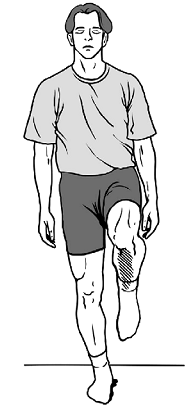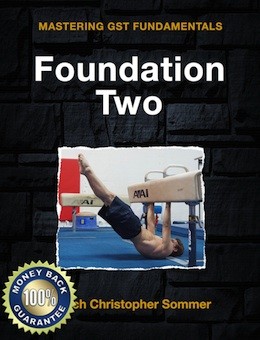If you have not yet read articles ‘Exercise 101–102’ start there.
So by now you should be:
Important: These are two things that need to be done independent of regular exercise. It is well established that sitting too much (> 6hours/ day) is harmful in its own right, even if you exercise on top of that.
Now it’s almost time to start talking exercise but first we need two clarify two points:
This is an article about training for health. There is a big difference between training for performance vs training for health. Athletes push their bodies to the limits to pursue very specific parameters of physical performance. This is not always healthful. It may be surprising but professional athletes are often not the pinnacle of health many assume. The volume and intensity of training needed for top level performance comes at a cost. It is important to recognize this and to not confuse performance training vs training for health. This article will be focused on the latter.

Before you start a more rigorous exercise plan you should make sure you are not at an increased risk for injury, particularly if you have
had an injury in the past. The three biggest risk factors for injury are:
Obviously there is nothing you can do to turn back time if you have already suffered an injury but asymmetries and stability deficits are largely improvable.
Two quick and easy screening tests looking at both your stability and symmetry are the ‘Single Leg Balance Test’ and the ‘Side Plank Endurance Test’.
Single Leg Balance
Side Plank Endurance Test

If these tests indicated a problem, or you are unsure whether you are ready to start an exercise plan, why not come in for a free, no obligation Initial Consultation to discuss what you can do.
Health related training can follow many forms. But should include the following:
That’s not to say these all have to be part of every workout but they should be incorporated somewhere in your overall exercise plan. Running, sprinting, sports, resistance training, yoga would all suitable options as part of that overall plan. But here are some other great alternatives you may not have been aware of:

MovNat
MovNat is “a physical education & fitness system based on the full range of natural human movement abilities. These include the locomotive skills of walking, running, jumping, balancing, crawling, climbing & swimming”. You can find out more about MovNat here.

Gymnastic Bodies
Gymnastic training combines strength, flexibility, power and stability. Coach Summer has been a developmental Team USA Coach nearly 40 years and has now produced a step by step online training program for a range of abilities. Find out more about Gymnastic Bodies here.
This is variable but Dan Pardi’s recommendations are a good starting point. Aim for:
Reproduced from Liebenson. C., Journal of Bodywork and Movement Therapies
© 2025 Dynamic Health. Powered by Oncord
Leave a Comment